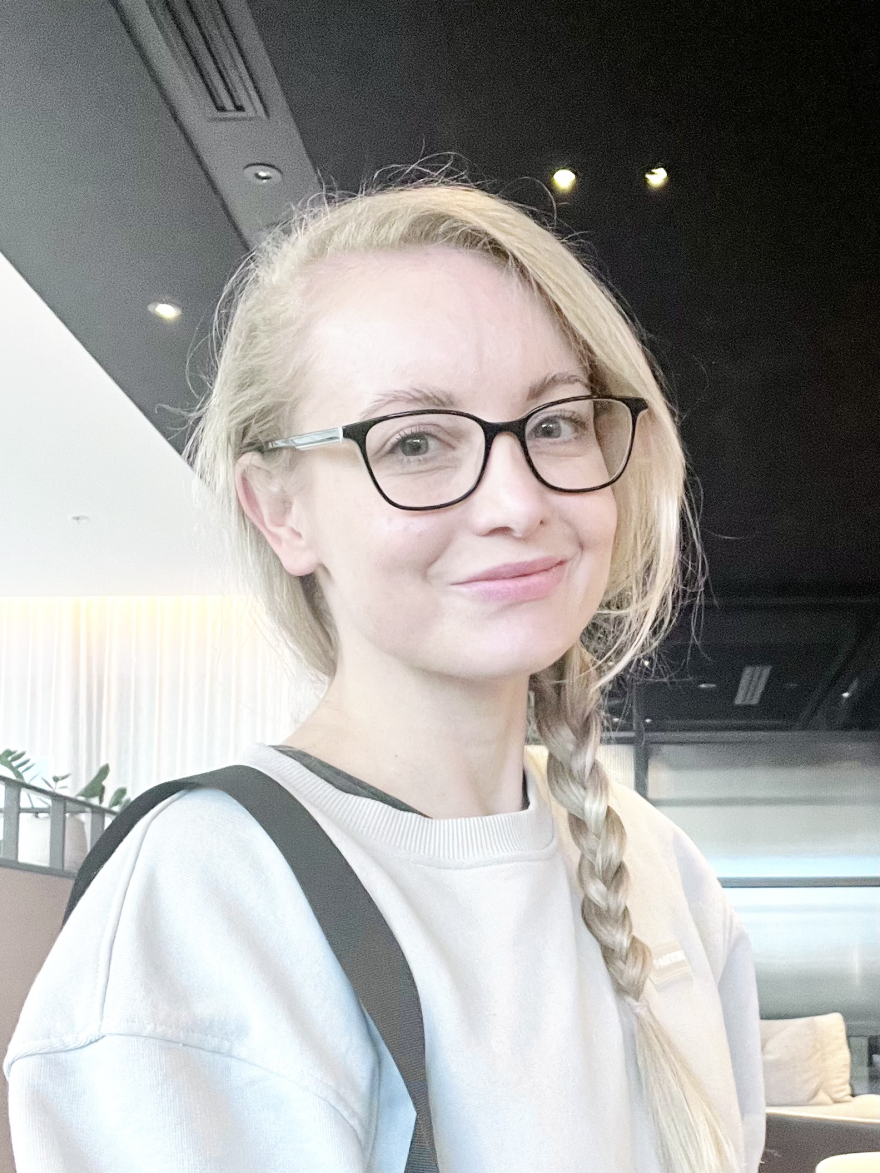Key findings
- The REACH-C project comprises a national network of diverse clinical services. Within the network, 1,618 individuals initiated direct acting antiviral (DAA) treatment for chronic hepatitis C virus (HCV) infection between March and December 2016.
- Of these individuals, 70% were men, 56% were ≥50 years old and 19% had cirrhosis. The majority of individuals (84%) had not received prior HCV therapy.
- The most commonly prescribed regimen was sofosbuvir/ledipasvir (56%), followed by sofosbuvir/daclatasvir (41%). A portion of individuals were treated outside of guidelines, including 12% prescribed sofosbuvir/daclatasvir for 24 weeks who were eligible for a 12-week course due to genotype 3 infection and no cirrhosis.
- Of individuals expected to reach 12 weeks post-treatment (SVR12) by 31 March 2017, treatment outcomes were unknown in 19%. In 1,167 individuals with known treatment outcomes, 96.5% achieved SVR12. SVR12 rates were high across all baseline characteristics with a slight reduction in SVR12 in those with cirrhosis vs no cirrhosis (93% vs 97%) and in treatment-experienced individuals vs treatment-naïve (92% vs 98%). SVR12 rates were similar in those with and without HIV (98% vs 96%), on OST (98% vs 96%) and with a history of injecting in the last 6 months (99% vs 96%).
- People who inject drugs were more likely to have a missing SVR12 outcome (33%) than individuals who do not inject drugs (14%).

